Composite veneers
One of the advanced methods for correcting minor defects in the front teeth (chips, cracks, discoloration of enamel) is the installation of composite veneers. They can be installed in one visit.

specialists

equipment

treatment
Advantages of installing veneers at the K-31 clinic
Installing onlays at the K-31 clinic has many advantages. The main advantages look like this:
- High level of diagnostics. We can undergo computed tomography, axiography of the TMJ (temporomandibular joint), MRI of the TMJ and 3D intraoral scanning. These methods allow you to accurately determine the condition of the oral cavity
- Modern methods of treatment. To achieve a guaranteed result, advanced techniques and international treatment protocols are used
- Comfort and safety. We have the option of treatment under sedation or in sleep (relevant for those who are afraid of dental procedures)
- Affordable price of composite veneers. The price of composite veneers (for 1 tooth) in our clinic is the average in Moscow
- Integrated approach. Dentistry "K+31" provides a full range of dental services. This allows you to solve several dental problems at once in one visit
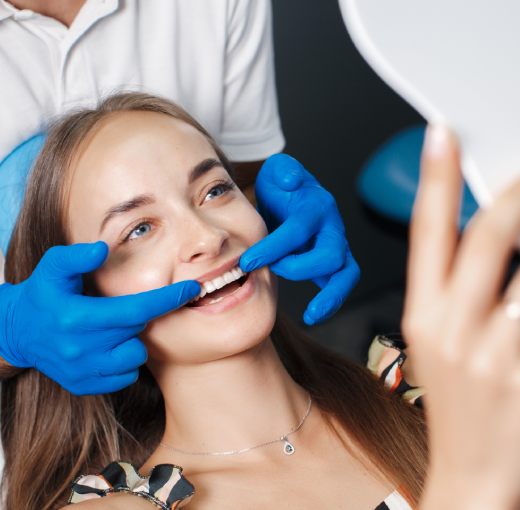
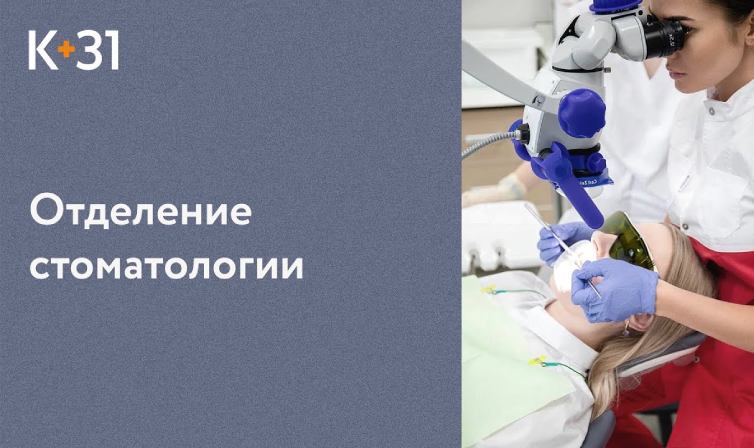
Modern methods of diagnostics and dental treatment at "K+31"
Our doctors

This award is given to clinics with the highest ratings according to user ratings, a large number of requests from this site, and in the absence of critical violations.

This award is given to clinics with the highest ratings according to user ratings. It means that the place is known, loved, and definitely worth visiting.

The ProDoctors portal collected 500 thousand reviews, compiled a rating of doctors based on them and awarded the best. We are proud that our doctors are among those awarded.
Make an appointment at a convenient time on the nearest date
Price
Services

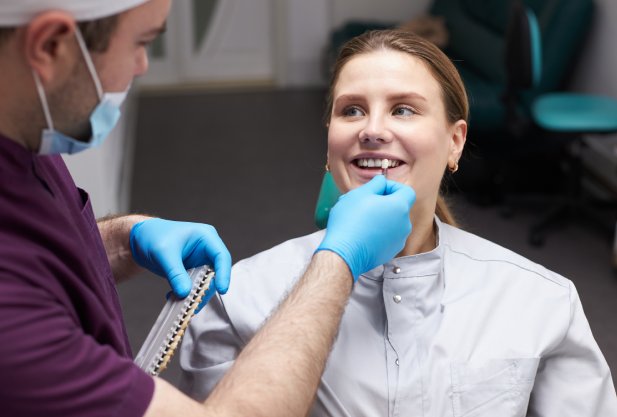
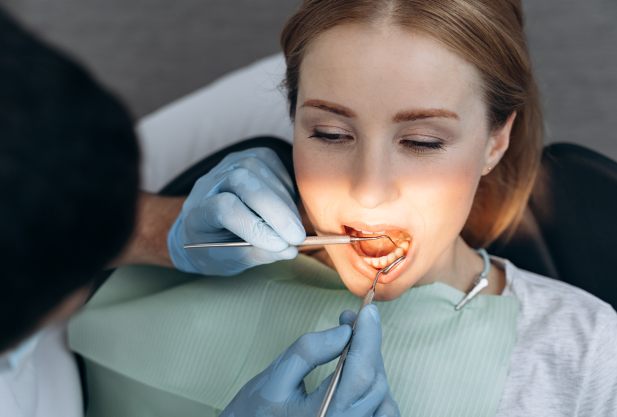
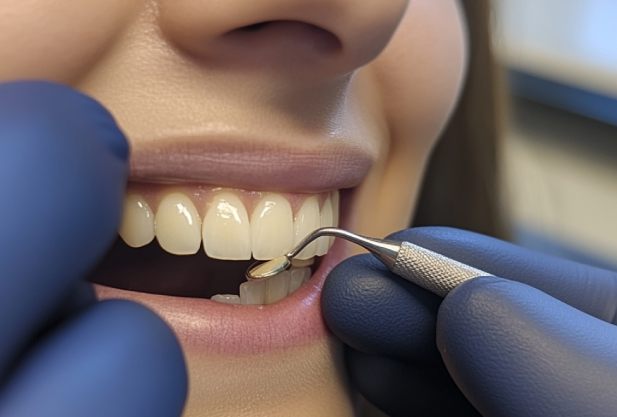

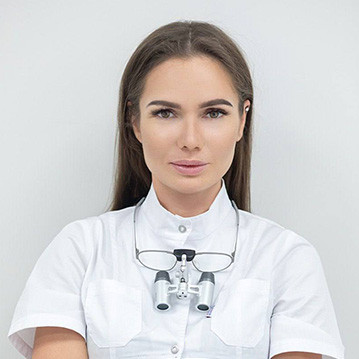













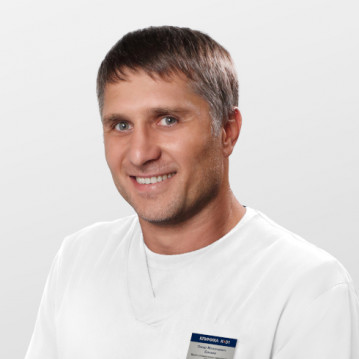







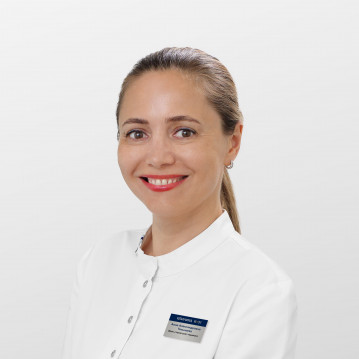






















Types of composite veneers
Composite veneers are overlays made of light-curing material. They are direct and indirect.
Direct inserts are most often used for the restoration of one or two teeth. The process of their installation is similar to filling. First, the doctor applies the material to the tooth in layers. Each layer is then hardened by exposure to special light. Unlike other types of onlays, this method does not require significant grinding (removal of a layer) of tooth enamel.
Indirect onlays are stronger than direct onlays and are suitable for restoring the entire smile area. They are prepared in advance. These plates come in different sizes, shapes and shades.
Among them, thin componeers stand out - plates 0.3 mm thick at the base of the tooth and 0.7 mm at the cutting edge. These products are created from nanohybrid material (a composite with the addition of nanoparticles).
Installation of indirect inlays requires minimal grinding of the enamel (0.3–0.5 mm). These structures are not intended for molars (back chewing teeth), since their strength (50–75 MPa) does not withstand chewing load.